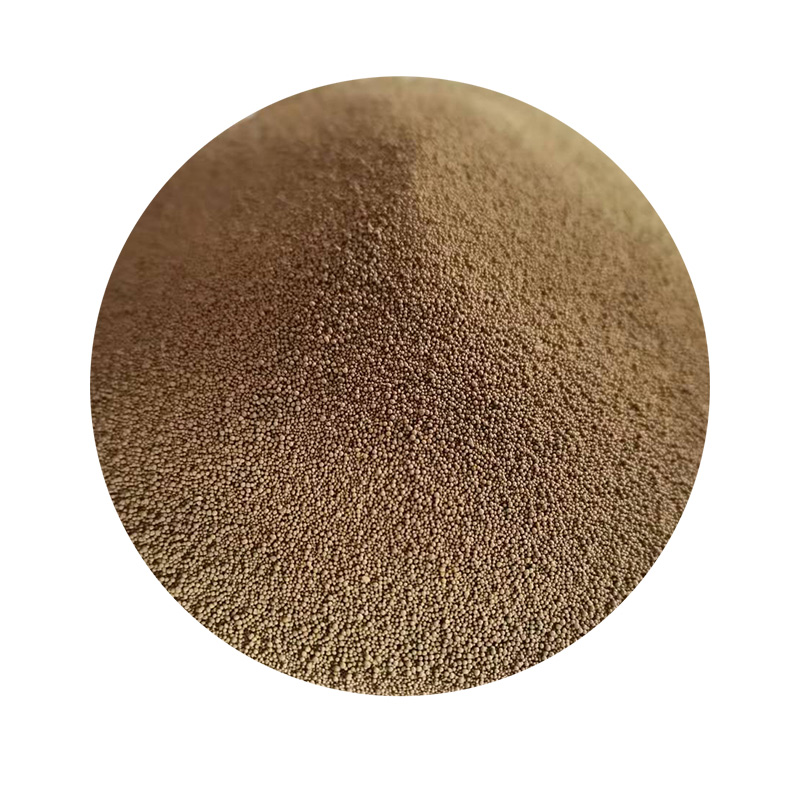Rapid Sand Casting Innovations in Metal Fabrication
Rapid sand casting is an advanced manufacturing process that has garnered significant attention in the metalworking industry. This technique, which combines the traditional methods of sand casting with modern rapid prototyping technologies, allows for the efficient production of high-quality metal components. As industries increasingly demand speed, cost-effectiveness, and precision, rapid sand casting emerges as a vital solution.
Historically, sand casting has been one of the oldest manufacturing processes, dating back thousands of years. The traditional method involves creating a mold from sand, into which molten metal is poured to form a desired shape. While effective, conventional sand casting can be time-consuming and labor-intensive, especially in the prototyping phase. This is where rapid sand casting comes into play, innovating the process to meet contemporary demands.
One of the primary advantages of rapid sand casting is its ability to significantly reduce lead times. With the integration of computer-aided design (CAD) software and 3D printing technologies, manufacturers can quickly create precise molds tailored to specific designs. This rapid prototyping minimizes the time from concept to production, allowing companies to respond swiftly to market changes and customer needs.
Moreover, the elimination of patterns—typically made from wood or metal in traditional sand casting—further speeds up the process. Instead of constructing a physical pattern for each new design, manufacturers can utilize digital files to create molds directly from 3D models. This not only saves time but also reduces material costs and waste, aligning with the growing emphasis on sustainable practices in manufacturing.
rapid sand casting

In addition to time and cost savings, rapid sand casting offers enhanced design flexibility. Engineers and designers can experiment with complex geometries and intricate details that may have been challenging or impossible to achieve with traditional methods. This flexibility opens up opportunities for innovation, enabling the development of lightweight structures and optimized designs that contribute to improved performance in various applications, including automotive, aerospace, and consumer products.
The quality of cast parts produced through rapid sand casting is another noteworthy benefit. Advances in material science have led to improved sand compositions and binders, which enhance the strength and durability of the molds. Additionally, the precision of 3D printing technologies ensures that the final cast products have fewer defects and a better surface finish. This increased reliability is critical in industries where part failure can have serious consequences.
Despite its numerous advantages, rapid sand casting is not without challenges. The initial investment in technology and equipment can be substantial, which may deter some smaller manufacturers. Additionally, while the process is well-suited for low to medium production volumes, it may not be the best option for high-volume production runs due to time constraints associated with mold creation.
In conclusion, rapid sand casting represents a significant advancement in the field of metal fabrication. By streamlining the mold-making process and leveraging modern technologies, it offers numerous advantages, including reduced lead times, design flexibility, and improved product quality. As industries continue to evolve and competition intensifies, adopting rapid sand casting could be a strategic decision for manufacturers looking to enhance their production capabilities and meet the demands of the market. With ongoing innovations, this process is likely to play an increasingly prominent role in the future of manufacturing.
Post time:stu . 05, 2024 19:21
Next:custom sand casting
